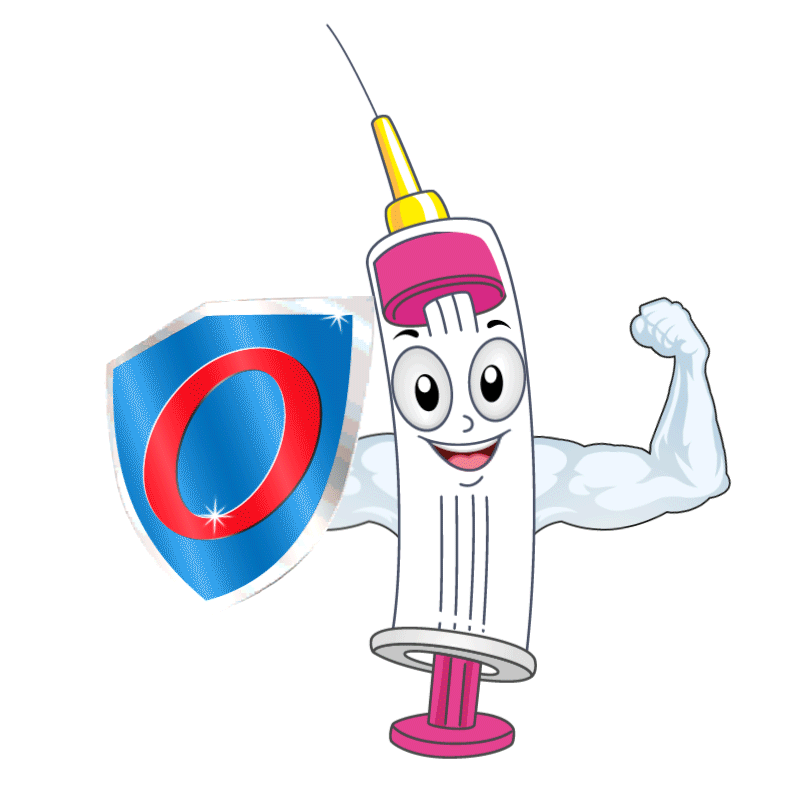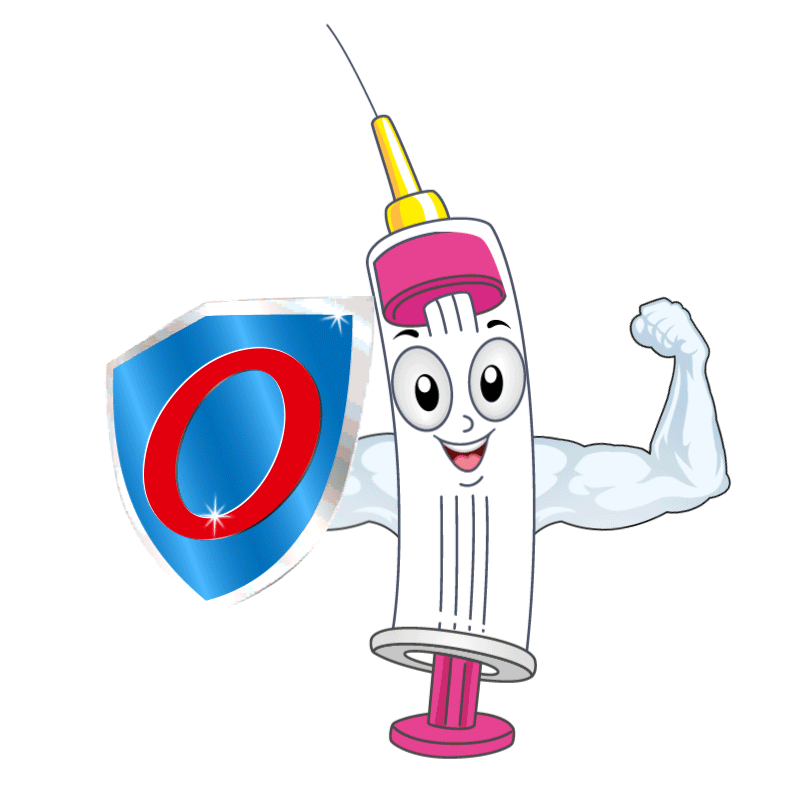

- Olimab is a brand of Denosumab which is a monoclonal antibody
- In patients of Osteoporosis, there is increase in bone cells responsible for bone loss. This results in higher & faster loss of bones resulting in increased risk of fractures
- Olimab is once in 6 months injection which prevents the rise in bone cells responsible for increased bone loss
- Olimab is used to manage osteoporosis in men and women who have an increased risk of fractures after menopause
How does Olimab work?
- Bone remodelling is the process by which the body continuously removes old bone tissue and replaces it with new bone
- It is driven by various types of cells, most notably osteoblasts (which secretes new bone) and osteoclasts (which breaks down old bone)
- Precursors to osteoclasts, called pre-osteoclasts, express surface receptors called RANK (receptor activator of nuclear factor-kappa B)
- RANK is a member of the Tumor Necrosis Factor Receptor (TNFR) superfamily
- RANK is activated by RANKL (the RANK-Ligand), which exists as cell surface molecules on osteoblasts
- Activation of RANK by RANKL promotes the maturation of pre-osteoclasts into osteoclasts
- Denosumab inhibits this maturation of osteoclasts by binding to and inhibiting RANKL
- This mimics the natural action of Osteoprotegerin, an endogenous RANKL inhibitor that presents with decreasing concentrations in patients who are suffering from osteoporosis
- This protects bone from degradation, and helps to counter the progression of the disease


